Unseen 2,000-year-old Roman ruins discovered in London office basement
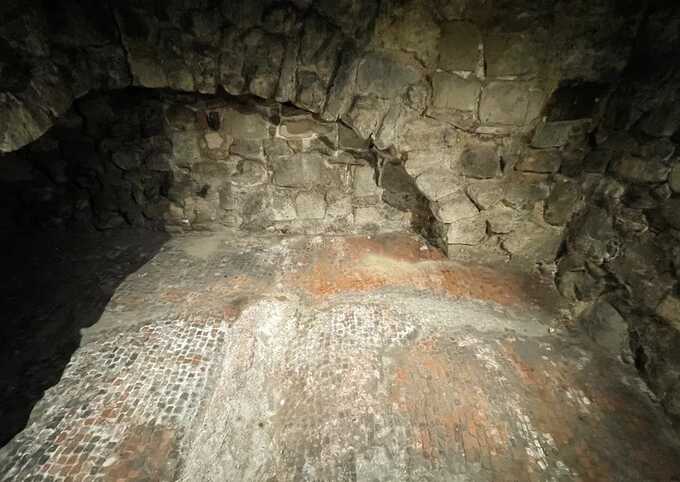
A Roman history buff has said she was ‘blown away’ after discovering she was sitting just a few feet above a newly excavated ancient site from where London was governed 2,000 years ago.
Developers building an office block in the City of London discovered one of the most important archaeological finds ever in the capital.
The basilica was where the leaders of Londinium, as it was named by the Romans, met to make major political and economic decisions.
Remains of the building, which was effectively the city hall of its time, were found under 85 Gracechurch Street, near Monument, and carefully excavated by Museum of London Archaeology (MOLA).
Aman Kaur, a supervisor at the building who is based on reception, loves Roman history and was astonished to find that she was working just above one of the most significant buildings in the history of the Roman Empire in Britain.
She told Metro: ‘I couldn’t believe I was blown away. I love Roman history and there were the remains of such an important building below my feet.
‘I was so excited. The archaeologists let me have a sneak preview when they had made the area safe. I was one of the first to see it.
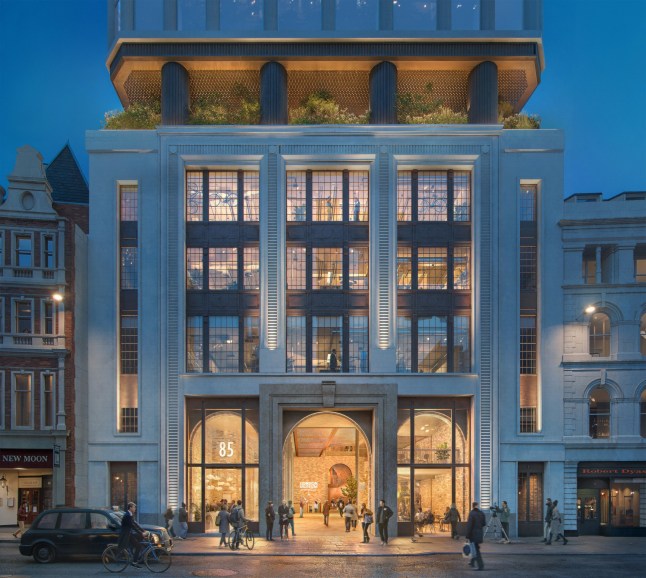
The site will eventually be transformed so that anyone can go and view the historic finds (Picture: Visulent AB)

Aman Kaur, a supervisor at the building was astonished to find out she had been sat just a few feet away from such a historic find(Picture:John Dunne)
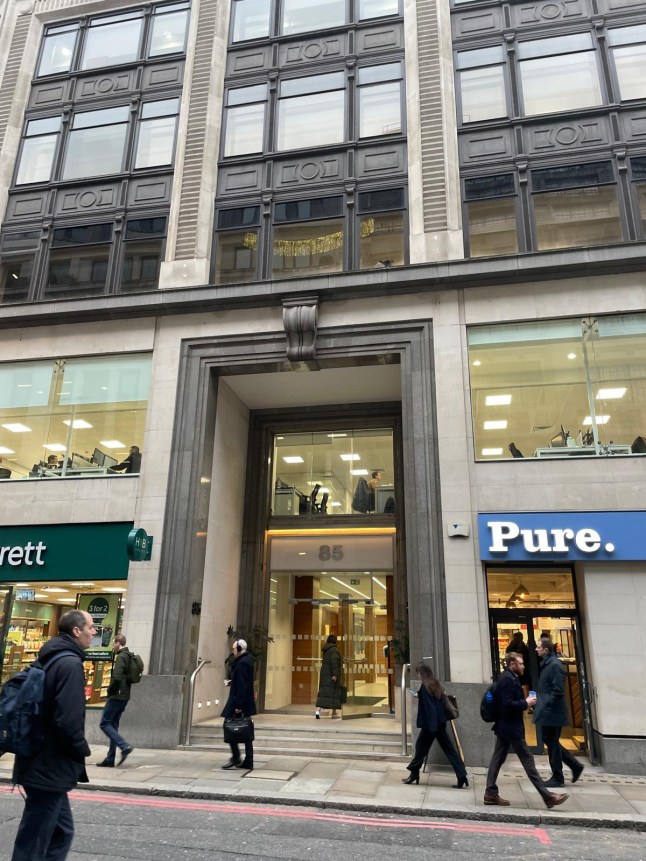
Developers building the office block in the City of London discovered one of the most important archaeological finds ever in the capital. (Picture: John Dunne)
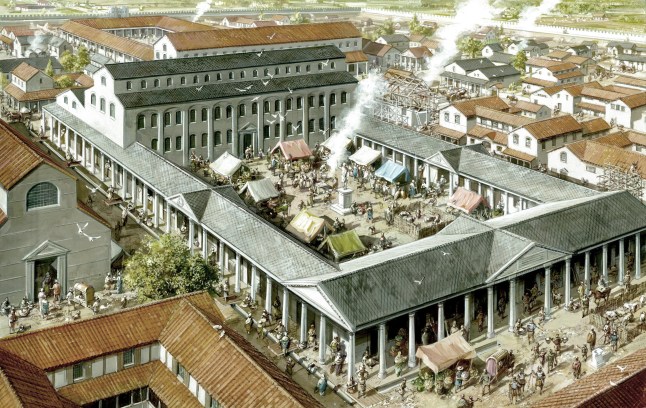
The site will be open to the public as a display within the new office development if planning permission is given. (Picture: Museum of London Archaeology)
‘The person I was with found an ancient wine bottle down there when I went. It was just incredible.
‘I loved history at school, especially Roman history and to be a little part of this story is very special.
‘Who would have thought I was so close to this important building just going about my normal working day.’
The excavation of the building, which was established under Roman emperor Titus, has so far uncovered sections of stone wall that formed the base of the basilica, which would have been two-and-a-half storeys high.
The office building is about to be demolished and redeveloped, and earlier archaeological digs revealed the ancient basilica’s approximate location.
Several small test pits were then set up to see what was hidden beneath the concrete floor, and on the third attempt, digging between the filing cabinets they found what they were looking for.
Outside the building, which was partly constructed with Kent limestone, would have been a forecourt with shops and public open space the size of a football pitch.
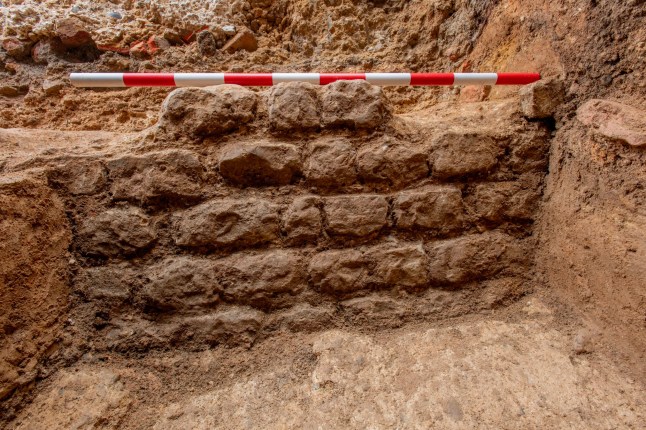
The wall is 2,000 years old and was part of Roman London’s first basilica (Picture: Museum of London Archaeology)
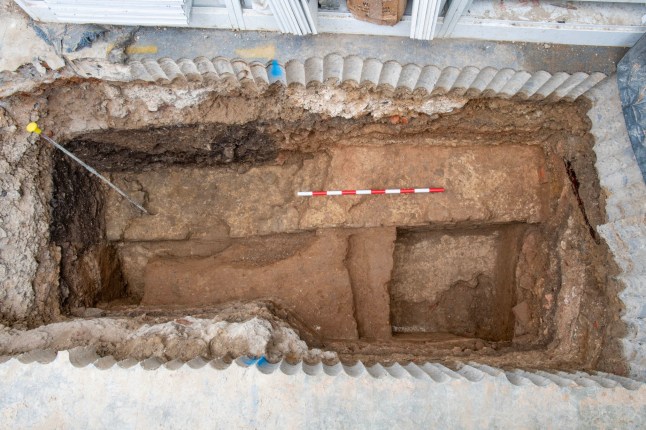
The ancient finds were discovered between filing cabinets at the offices (Picture: Museum of London Archaeology)
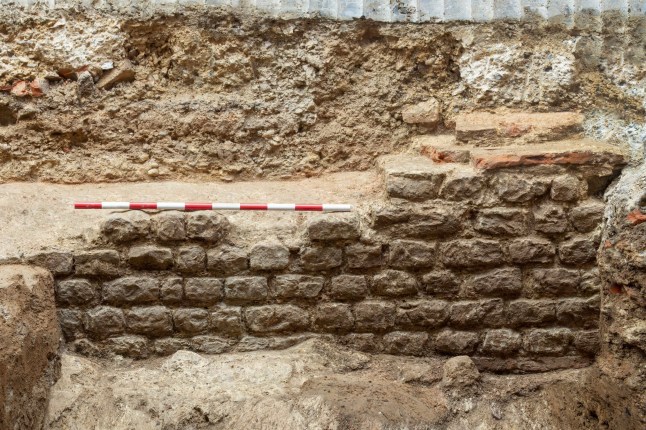
Workers were shocked after the ancient site was found from one of three digs (Picture: Museum of London Archaeology)
The site will be open to the public as a display within the new office development by Hertshten Properties if planning permission is given.
Sophie Jackson, from the Museum of London Archaeology (Mola), said: ‘This building will tell us so much about the origins of London, why London grew and why it was chosen as the capital of Britain.
‘It’s just amazing. It’s the place you came to do business, to get your court case sorted out, it’s where laws were made, and it’s where decisions were made about London, but also about the rest of the country.’
James Taylor from architecture firm Woods Bagot said they had adjusted plans to take in the historic building.
He said: ‘Simple things like the columns have had to literally move position, so you’re not destroying all these special stones that we found in the ground.
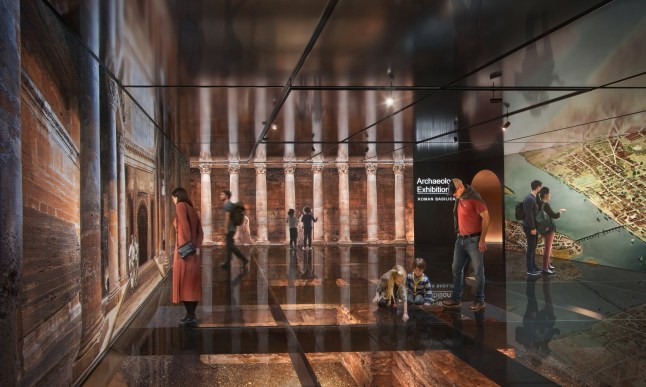
An artist’s impression of what the public will eventually be able to see (Picture: Visulent AB)
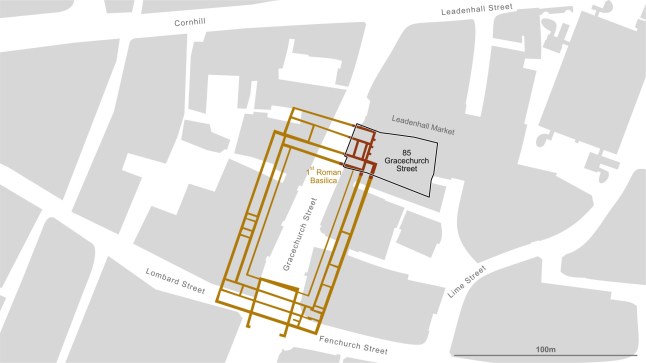
The basilica was part of London’s forum, a social and commercial hub with a courtyard that was about the size of a football pitch. (Picture: Fuldain /Juan Jose)
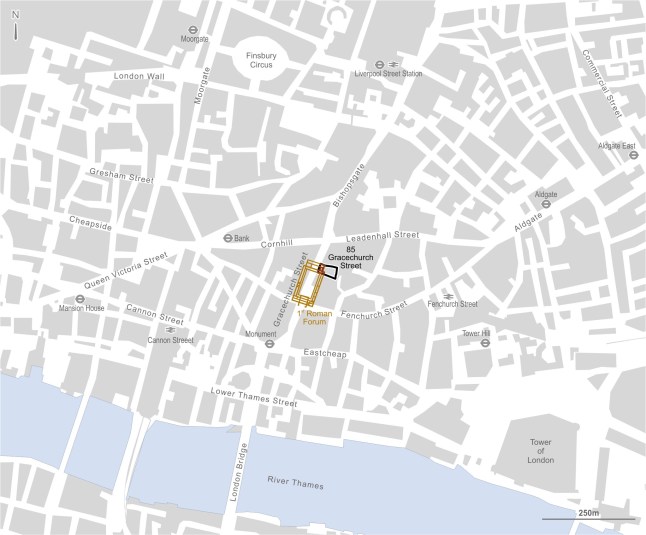
This is where the Roman building would have once stood – right in central London (Picture: Fuldain;Juan Jose)
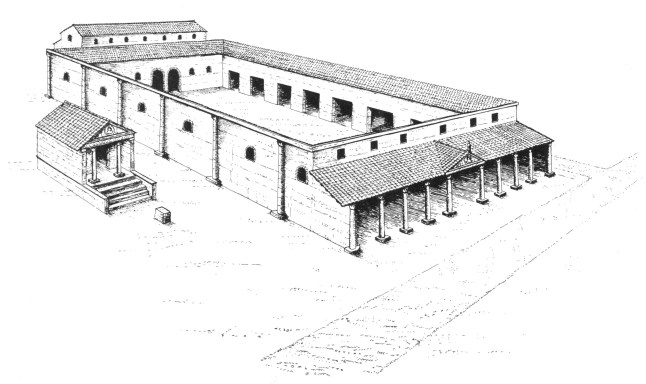
This is what it could have looked like thousands of years ago (Picture: Museum of London Archaeology)
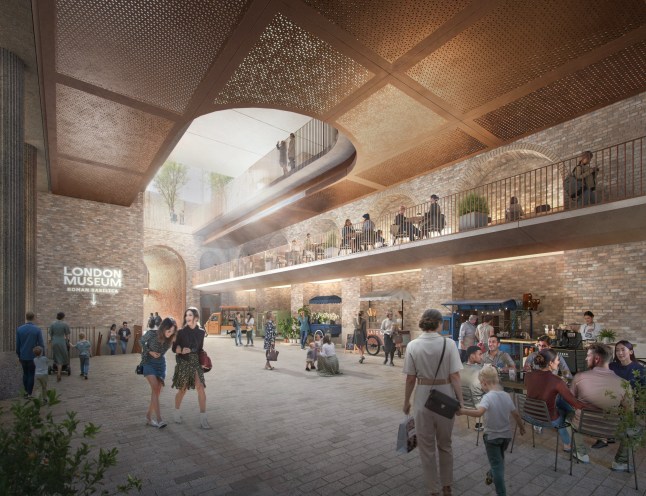
Londoners will be able to go on a tour of the building to see the ancient ruins once the new museum is built(Picture: Visulent AB)
‘To actually see people using and enjoying the space, moving through the public hall and down to see the remains, will be absolutely incredible.’
Other Roman finds in London have caught the public imagination.
Parts of an amphitheatre are on display under a glass floor at the Guildhall Art Gallery.
People can also visit Temple of Mithras, a shrine also in the Square Mile.
Chris Hayward from the City of London Corporation said: ‘The fact that Roman London is beneath your feet is, frankly, quite a remarkable emotion to experience.
‘You can actually see and visualise how Roman London would have been in those times.’
Read more similar news:
Comments:
comments powered by Disqus






























